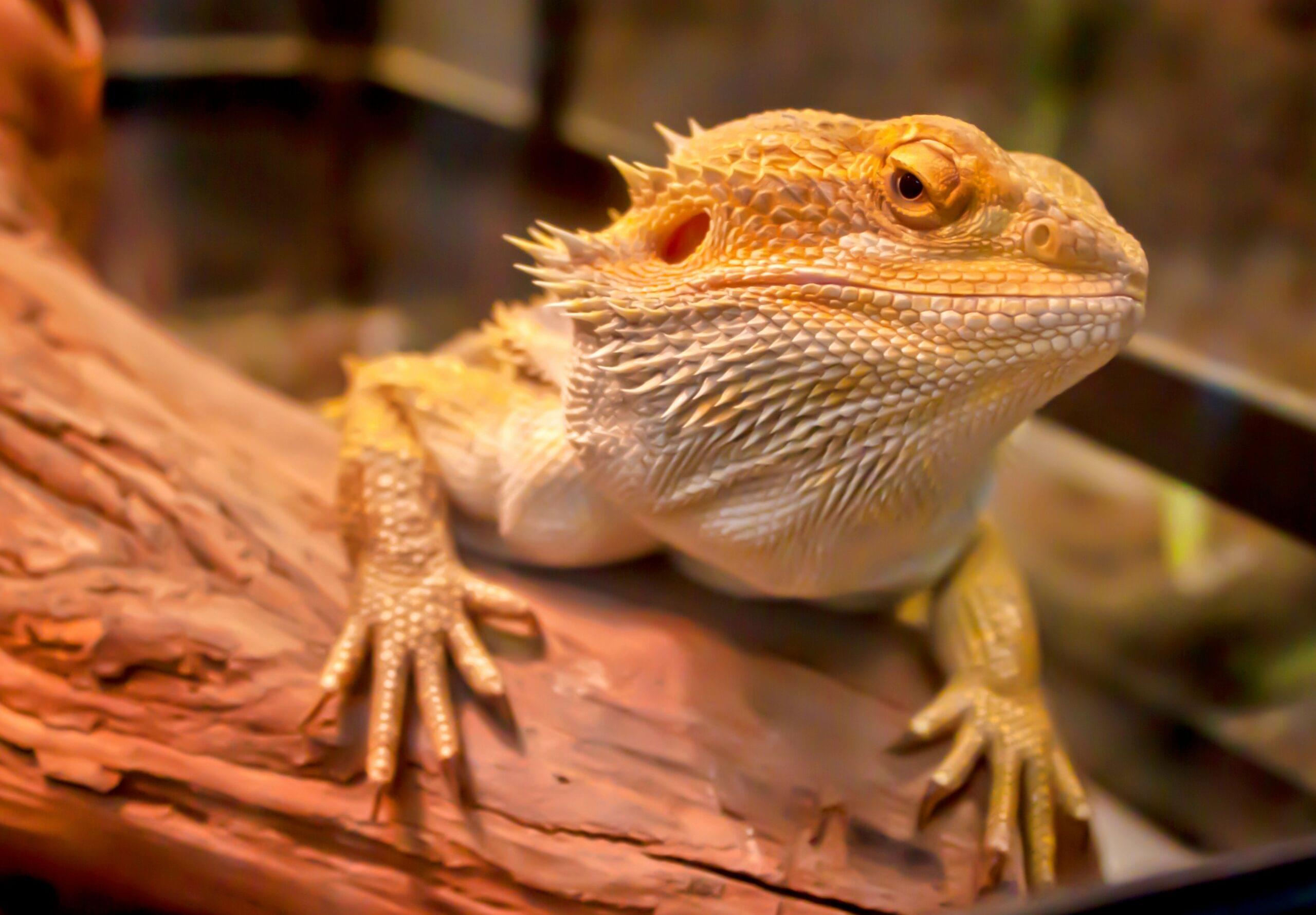According to a study published in PNAS on March 7, mammals and birds have significantly more neurons in their forebrain and cerebellum than reptiles, and neuron numbers have scaled up significantly only four times in more than 300 million years of brain evolution in the clade that includes reptiles, birds, and mammals. The study’s authors used the number of neurons typically found in species’ brains as an indicator of smarts rather than brain volume, which has long been used as a proxy for brain complexity.
“Reptile brains are smaller than the brains of birds or mammals of similar body size, but just how much smaller and how the size difference translates into differences in behavior and cognition is a problem that has eluded scientists for a long time,” Enrique Font, a zoologist and ethologist at the Universidad de Valencia in Spain who was not involved in the study, writes in an email to The Scientist. “This is an important paper that goes a long way to explaining the differences in brain size/structure among different groups of amniotic vertebrates.”
The size of the brain is frequently used as an indicator of cognitive capacity. “However, that’s a very crude proxy because brain composition varies from taxon to taxon. So counting cells, and specifically neurons, is much more precise,” Pavel Nmec, a study coauthor and evolutionary biologist at Charles University in Prague, Czech Republic, tells The Scientist. Nmec adds that it would be even better to estimate complexity by combining neuronal number with the number of synapses, “but we currently don’t have a tool to precisely measure the number of synapses, and certainly not across many species.”
The researchers used the isotopic fractionator, a method developed by Suzana Herculano-Houzel in 2005 that quickly and cheaply quantifies neuron number by homogenizing brain structures and labeling intact nuclei. Nmec and his colleagues used the isotopic fractionator to count neurons in the forebrain, cerebellum, and “rest of brain” of bird and reptile species and compared them to the same measures of neuron numbers in mammalian brains, mostly from literature published by Herculano-Houzel.
Nmec and colleagues previously demonstrated that birds have high neuronal densities. “They basically compensate for the fact that they have relatively small brains in absolute terms, but they have just as many neurons as mammals,” he explains. They didn’t know if this applied to reptiles as well. The researchers discovered that reptiles have very low neuronal densities, with an average neuron number 20 times lower than that of birds or mammals of similar body size in the new study.
The current study’s phylogenetic analysis reveals that the relationship between neuron number and brain size changed significantly only four times during the evolution of land vertebrates. “With the appearance of birds and mammals, brains not only grew in size, but also in density,” says Nmec. Previous research had shown that primates have higher neuronal density than other mammals. The new study discovers that so-called core land birds, which include woodpeckers, falcons, and parrots, have relatively large brain sizes and densities. “The appearance of birds and mammals, and within these groups independently the two crown groups [core land birds and primates]… significantly increased processing power,” Nmec writes.
According to the findings, Nmec distinguishes between reptiles and the more neuron-dense birds and mammals. Reptiles “have adopted an economical way of life, which is incompatible with a large brain because neurons are metabolically demanding,” he explains. Birds and mammals, on the other hand, “have adopted a very different strategy, an expensive way of living with large brains and high cognitive abilities.” According to him, birds and mammals have 20 times more neurons than reptilian species, with primates and core land birds having even more.
According to Barbara Finlay, a cognitive neuroscientist at Cornell University who was not involved in this study, the researchers present a “useful piece of information,” particularly basic data on reptiles that had been missing for a long time. However, she questions whether neuron numbers, or any other single factor, can truly be used to predict computational power. “Number counting does not equal cognition,” she tells The Scientist.
Finlay believes that more information about the brain’s morphology and connectivity, as well as how different types of neurons are packed into a brain region, would improve estimates of brain power. “There are many aspects of brain mass that anchor its computing power. The number of synapses, the organization of single regions, the overall network structure of the brain, and brain energy consumption are all important,” she adds in an email to The Scientist.
She also points out that the cortex has fewer neurons than the cerebellum but performs a variety of functions, implying that counting neurons provides an incomplete picture of cognition. She notes that if the cerebellum is lost or damaged, motor coordination may suffer; in contrast, losing the cerebral cortex results in “the loss of all language, speech, facial and emotional recognition, initiating and planning ranging from motor skills to life-course strategies, and moral understanding,” among other things.
“Approaching brain evolution analysis from a more granular approach using neuron number has advantages,” writes Sean O’Hara, a social and cognitive evolution researcher at the University of Salford in the United Kingdom who was not involved in the study, in an email to The Scientist. He believes it could be especially useful in the following cases: “For example, selection for small size may occur in rapid-flying animals living in complex three-dimensional habitats as increased flying manoeuvrability will be favoured. Although absolute brain size or regional brain size may decrease in such circumstances, neuron density is unlikely to decrease.”
“Neuron number is undoubtedly an important variable, but I believe it will be most useful when combined with other variables, such as relative brain size,” Font writes. Nmec agrees that more variables would be beneficial. “You could have different neuron sizes and different numbers of cortical connections. However, this data is simply not available, and certainly not for many species.” Neuron number, he claims, would be a good proxy for studying vertebrate brain evolution on a large scale. “If an animal has billions of neurons, it’s definitely more clever than an animal that has millions of neurons. But I wouldn’t say it’s a very close correlation.”




